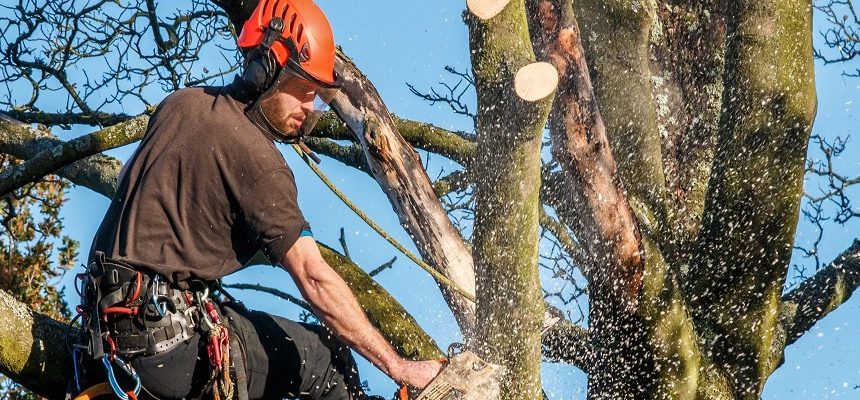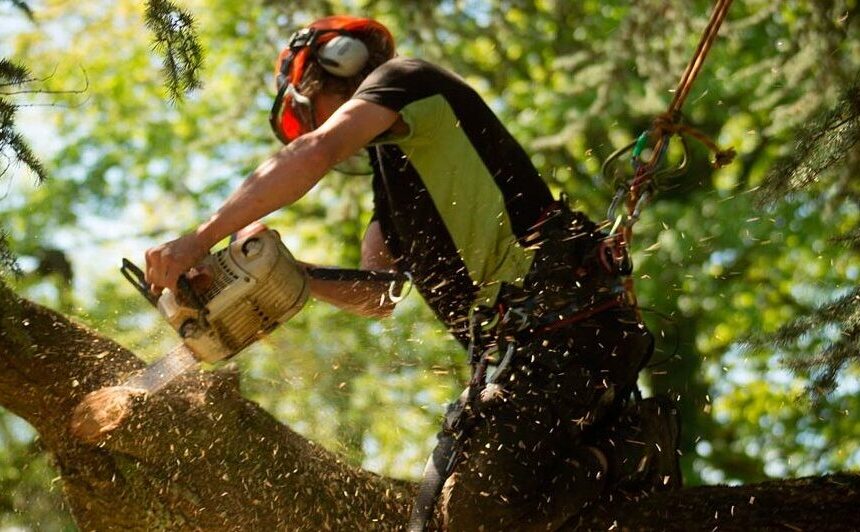Tree pruning is one of the most important parts of gardening. Pruning can be used to control the size and shape of trees, remove diseased or dead branches and limbs, promote healthy growth, and increase yields. It’s also essential for maintaining overall health. A good prune is an investment in both the long-term health of your plants and the overall appearance and safety of your property. This is where working with Tree Removal Services in Adelaide – A Plus Tree experts comes in handy. You should prune at least one time per year; some plants may require more frequent pruning depending on how often they produce flowers or fruit.
-
Pruning to remove undesirable branches and limbs
To remove a branch or limb, you’ll need to cut it back to the trunk. This can be done in the spring, after flowering, or in the fall. It’s usually best to prune out dead wood during this time of year as well because it will encourage new growth and help keep your plant healthy.

When cutting branches or limbs, use sharp tools like loppers and bypass pruners so that you don’t tear through them (this is where those giant saws come into play). Also make sure not to leave any jagged edges when removing pieces from a tree; they could become infected and lead to disease!
To cut back branches properly at the trunk, start by finding where each branch meets its parent stem. Pruning should occur right above this point—called a branch collar—in order for both branches and stems alike to heal properly without becoming damaged later on down their lives together as one unit (a process called callusing).
-
Pruning to improve the quality of light
When you are pruning, it is important to keep the air circulation in mind. Prune so that there is good air circulation, but not so much that light penetration is reduced.
The light reflection of plants can be improved by pruning away dead and diseased branches and leaves, as well as those that have grown out of shape or become too large for the plant. By removing these parts of the plant, you allow more light to enter through other parts of its structure; this allows any new buds or leaves more access to nutrients and energy necessary for growth.
-
Pruning to thin the canopy
Thinning the canopy is another common pruning technique. You may want to thin your tree’s canopy if it has too many branches, increasing the risk of branch breakage or other damage. Thinning the canopy can also be used to create an open or airy appearance in your yard, which provides more sunlight and views than a dense canopy would.
You might want to thin your tree’s canopy if it is too dense and blocks sunlight from reaching plants below it, creating areas that are shady and damp. A dense canopy also makes for poor air circulation in your yard, which can lead to mold growth on leaves and unhealthy soil conditions overall. Finally, thick branches that have grown higher than other ones around them can cause wind resistance on trees during storms—something that should be avoided at all costs!
-
Pruning to enhance the appearance of a shape
Pruning is one of the best ways to improve the appearance of a tree. The goal is to enhance the shape of your landscape trees and shrubs so they look their best. In general, you want to keep all branches growing in a similar direction, rather than having them all split off at different angles. This will create a more symmetrical look that will give your yard more balance and appeal.
You can also prune to make certain types of trees look bigger than they really are—for example, if you have an understory tree with wide spreading branches that cause it to appear smaller than other trees around it (like maples), then pruning those branches back will make it appear larger by opening up its center and making room for sunlight penetration through those areas so light can reach its crown.
-
Pruning for hardiness, fruit production and health
Hardy plants are those that can withstand the elements, especially cold weather. They will usually have a shorter growing season and may be less likely to survive in warmer climates than some of the tender plants you might find at your local nursery. The best way to prune hardy plants is to do so immediately after they have flowered and set seed. This will help prevent disease and allow them time to develop strong roots before winter sets in. If you’re unsure if your plant is hardy or not, ask an expert before attempting any pruning yourself!
Conclusion
Pruning is an important part of caring for your trees. This can be a daunting task for many homeowners, but with proper training and knowledge it doesn’t have to be difficult at all! As we’ve discussed today, there are several different types of pruning that you might want to do depending on what your goals are with each tree. Whatever type of pruning project you’re doing, it’s always best to work with Stump Removal Experts so they can help guide you through every step along the way.




